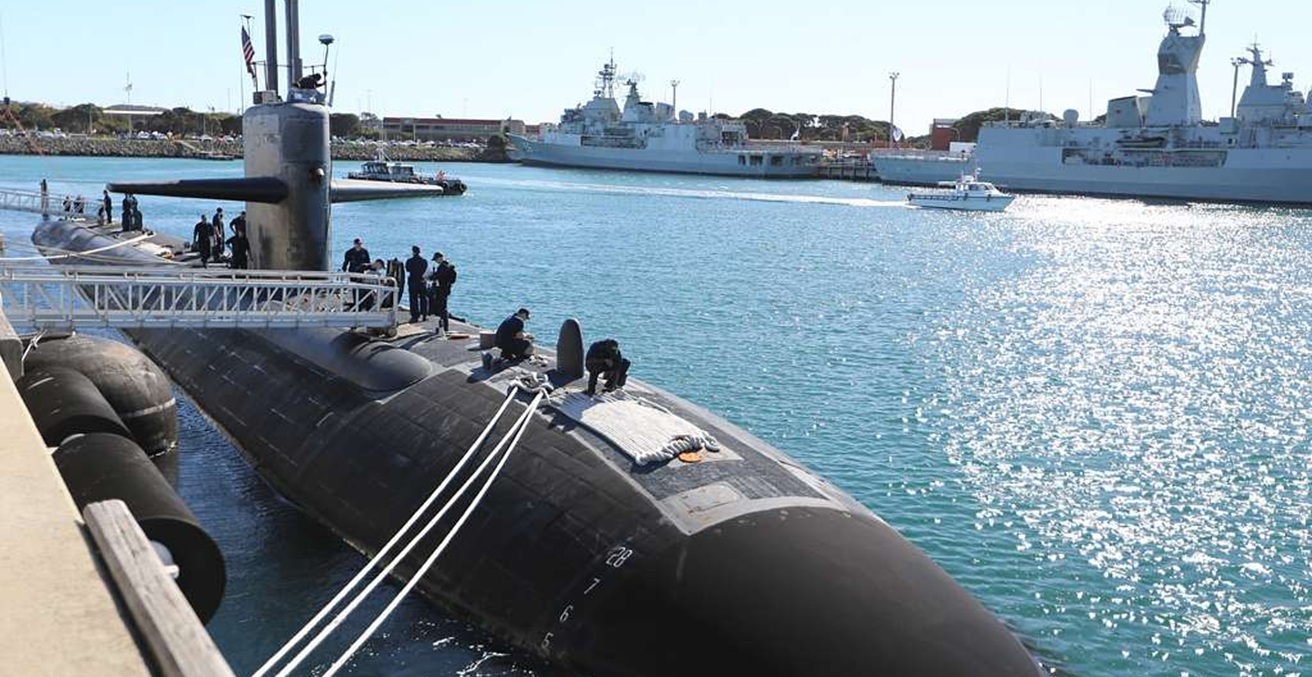A fundamental factor impeding South Asian regional cooperation is the visceral animosity between India and Pakistan.
There is significant potential for regional cooperation to improve development prospects across South Asia. However, the animosity between India and Pakistan has been to the detriment of the region. Both states stand to gain from the economic and social opportunities of a more open South Asian region. For instance, there lies potential to establish a valuable trade and investment relationship between the two states; in addition, mutual gains can be accrued from cooperation in energy and water security. These changes could translate into greater interconnectivity of the South Asian region that, through prudent policies, could be transformed into a significant geo-economic hub at the heart of Asia.
The rationale behind regional cooperation in South Asia lies in the opportunities it offers to its member states from the enlargement of markets and the management of shared resources. These benefits could then be employed towards development goals. Nevertheless, India and Pakistan need to take the initiative in spurring regional interconnectivity. A pertinent example is the fact that the South Asian Free Trade Area (SAFTA) cannot function effectively if India and Pakistan continue to disallow the use of their territories for transit between neighbouring states and the rest of South Asia.
Along with Sub-Saharan Africa, South Asia ranks amongst the lowest in the world in a vast majority of development indicators. A 2012 World Bank brief noted that South Asia is home to over 550 million people who live on less than $1.25 a day, equating to 44% of the population being defined as poor in the developing world. The same brief espouses regional cooperation as a vital tool in spurring economic growth and reducing the level of poverty.
Economic cooperation through trade and intraregional investment is central to the future of regional cooperation in South Asia. At present, intraregional trade between SAARC members lies at a paltry 5.7% of total trade in the region. Pakistan and India need to open their markets to each other before South Asian intraregional trade can really take off and each stands to gain from the enlarged markets and subsequent economic growth. From the current level of USD 2.5 billion in annual bilateral trade, various studies suggest that liberalising reforms would generate annual revenue between USD 10 billion and USD 50 billion if trade were completely liberalised.
Another area of potential cooperation is in the management of common water resources. All of the South Asian states (except for Sri Lanka and the Maldives) share common rivers that originate in the Himalayas but persistent disputes over these rivers and governmental mismanagement have led to water scarcity in the region. According to the Asian Development Bank, water availability per capita in South Asia has decreased by around 70% since 1950.
A related problem is the annual inundation of some South Asian states such as Bangladesh with floods. Despite being an endemic environmental concern, the devastation caused by the floods could be mitigated through intraregional cooperation in infrastructure projects, dispute resolution over shared rivers and sharing hydrological data.
States in South Asia also face energy shortages. Over 30% of the population in Pakistan and India, and over half the population in Bangladesh and Nepal, live without access to electricity despite the substantial hydropower potential that lies untapped in South Asia’s mountain ranges and rivers. In the coming decades, the concomitance of scarce resources, a booming population and a lack of regional cooperation will generate further strain in the region and provide a source of conflict. It is imperative that the collaborative management of water resources and partnerships providing energy becomes a priority for governments in the region.
India and Pakistan must recognise their joint responsibility in spurring the development of South Asia. They must acknowledge that their inability to cooperate has a debilitating impact on the wider region. If the two states can make real progress in their relations in the coming years then their own populations and the region as a whole will benefit. Isolationism is not an option for neighbours. Bold steps are required.
Samad Aftab is a doctoral student and Adjunct Teaching Fellow at Bond University. This is a shortened and updated version of an article published in the AIIA’s Emerging Scholars 2014 publication. This article can be republished with attribution under a Creative Commons Licence.




